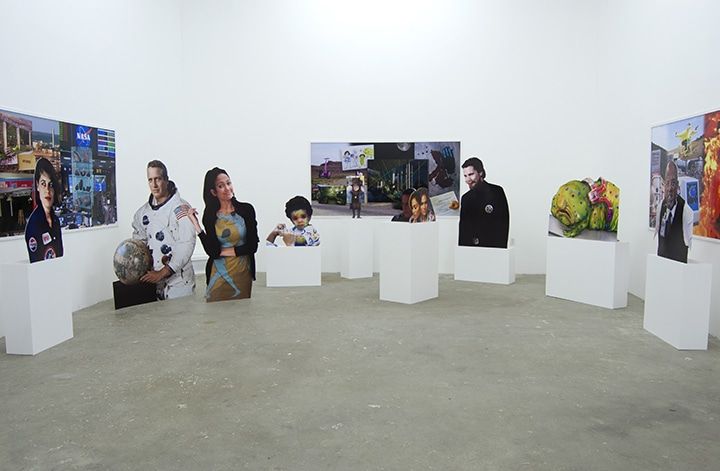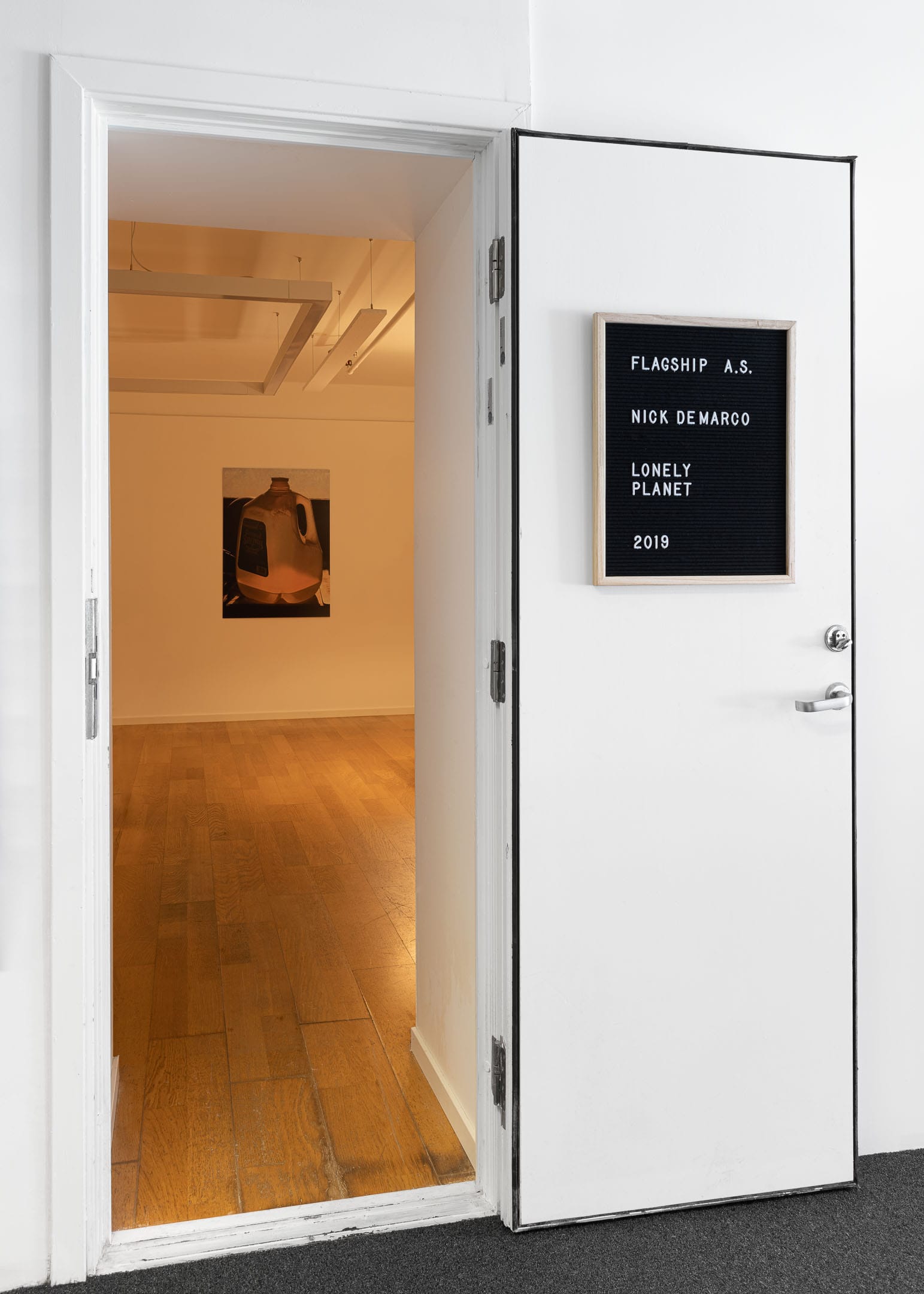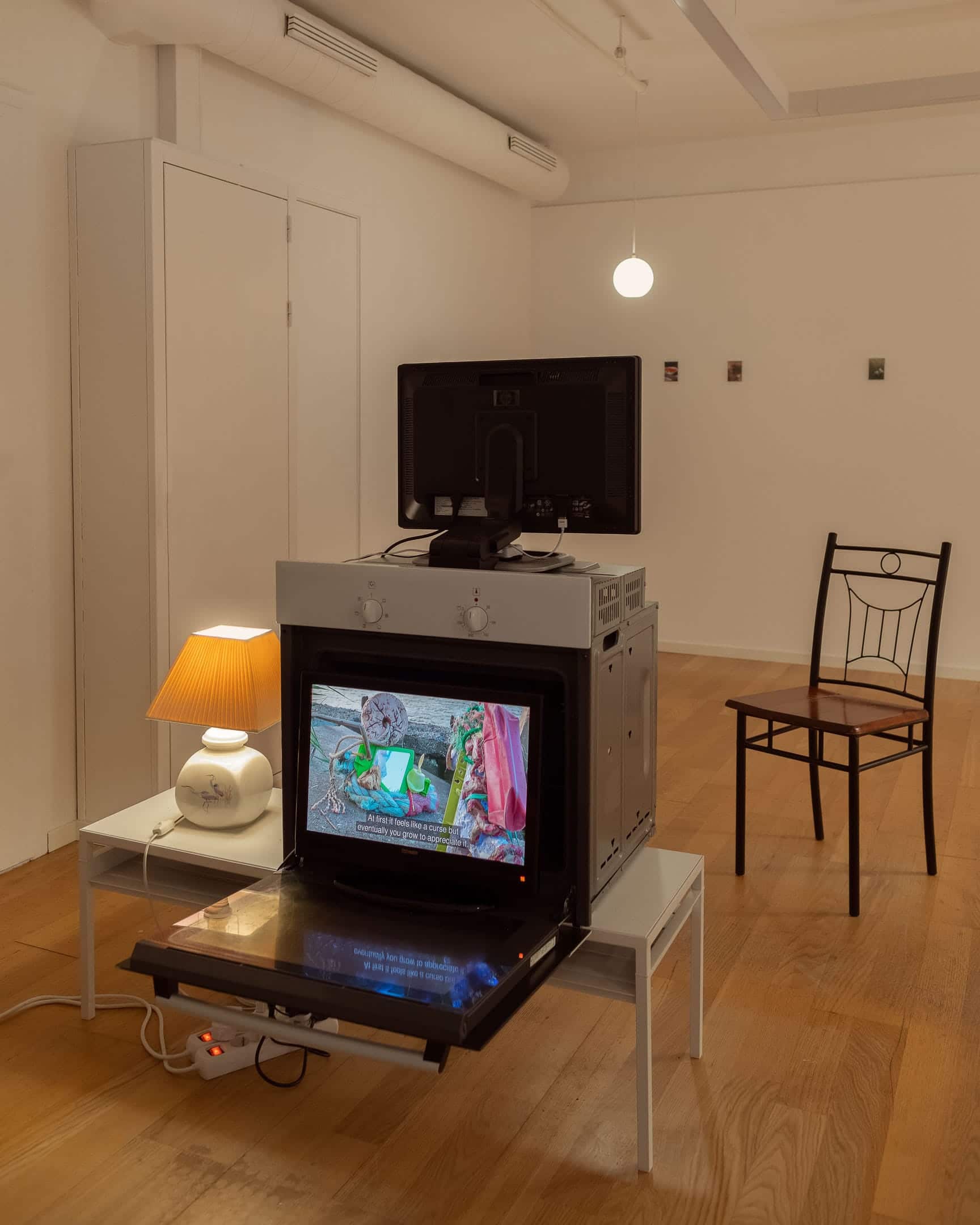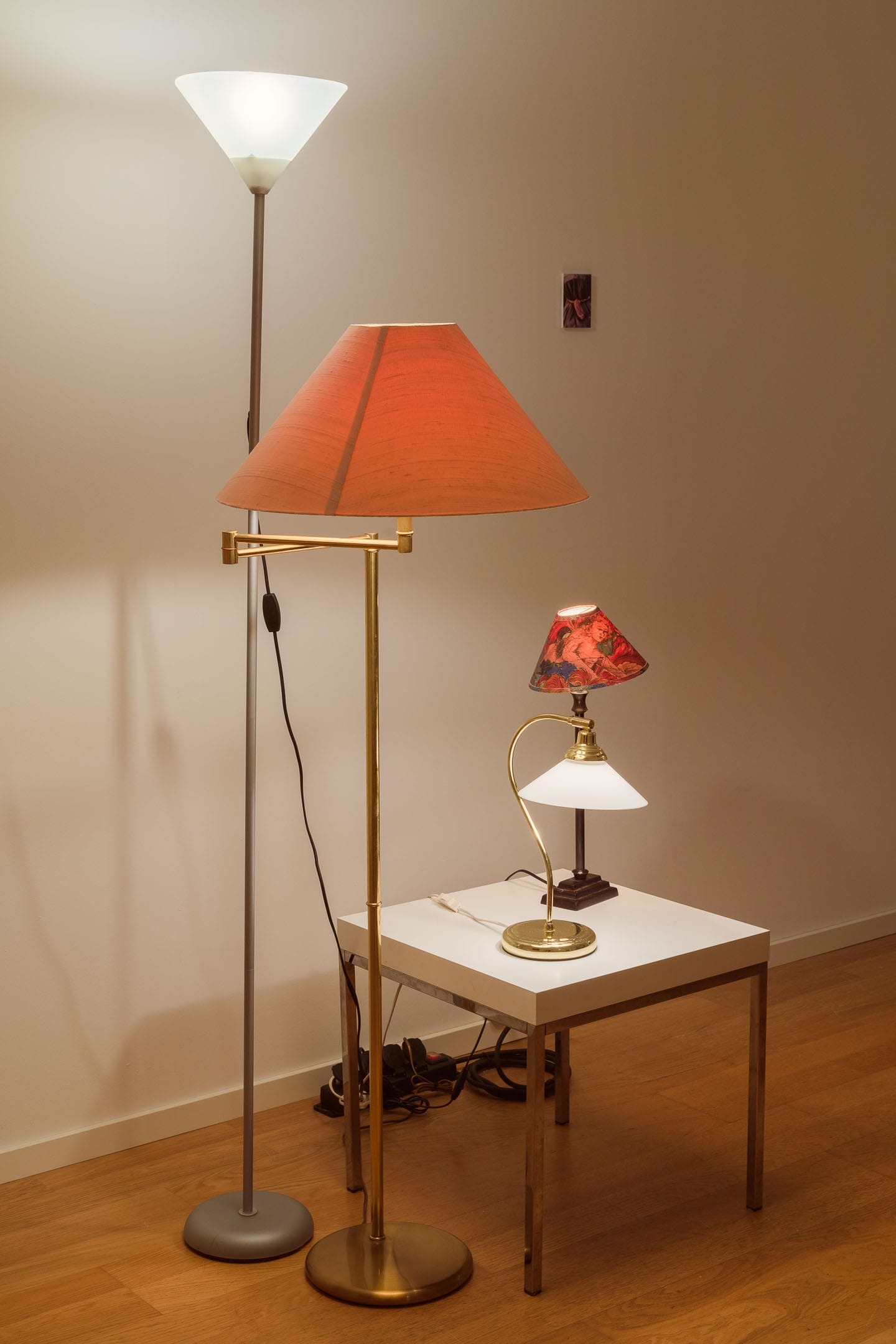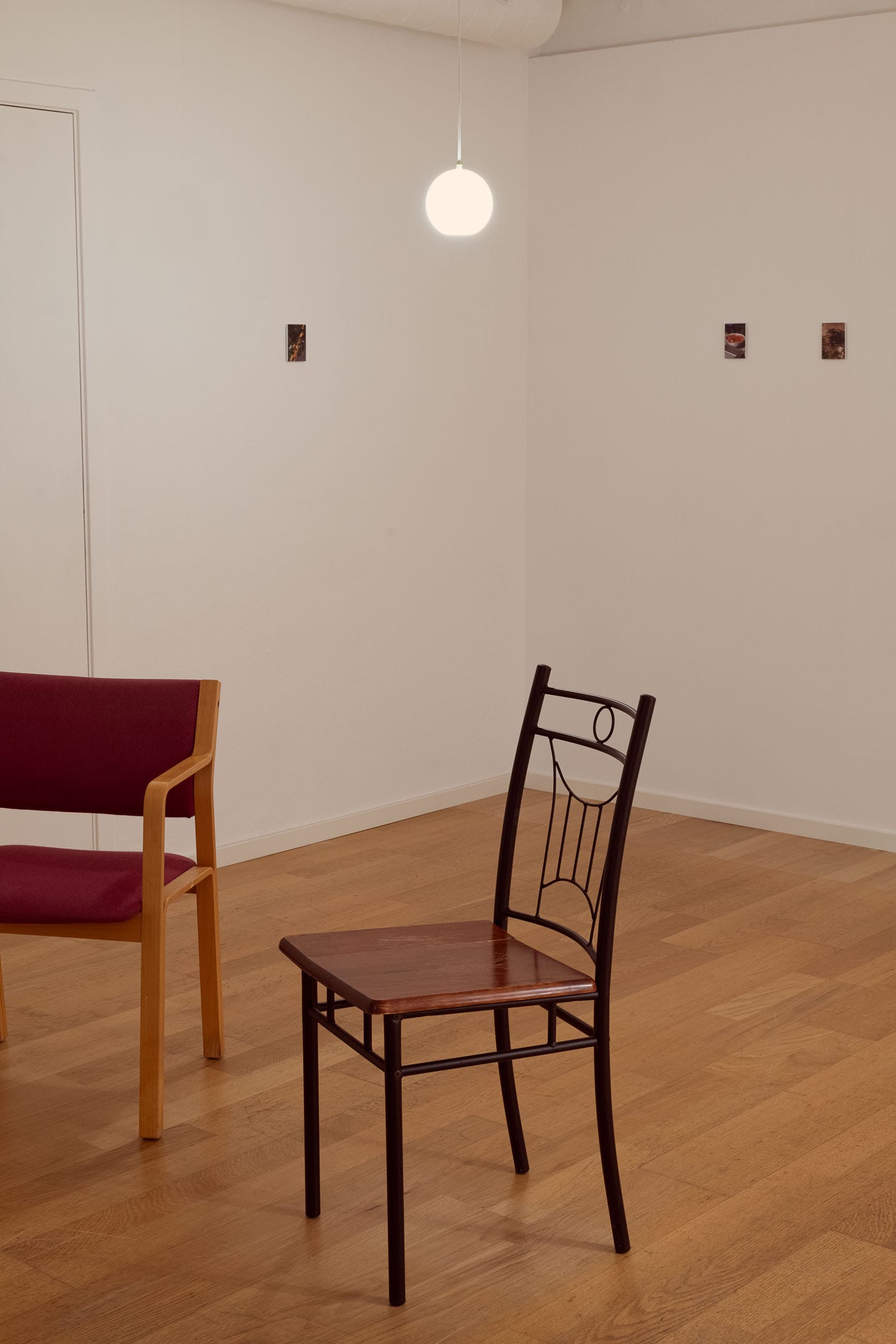The show came about because of a tweet I posted a few years ago. Cory Arcangel—the proprietor of the gallery—and I have been simpatico art-peers for quite a few years, but we don’t see each other that often so like many people we mostly hang out online.
It had been about 4 years since my last solo show, and I was feeling especially good about the stuff I was making and itching to do another show so I tweeted out “yo I wanna do a solo show hmu”. Cory replied back that based on the strength of that tweet if he had a gallery he would love to offer me a show. Cut to about a year later and he had in fact decided to open a gallery as part of his conceptual store-sculpture Arcangel Surfware and wanted to do a show with me. I was thrilled, as he had long been one of my favorite artists and an early inspiration for a path that I might be able to follow in putting myself into the world as an artist.
We collaborated on the show for about six months, him acting as something of a producer, checking in and pushing things along in a supportive but helpfully critical way. It was definitely my most positive art exhibiting experience. In my opinion galleries should only be run by artists! It was so great to work with a like-minded person who was not only picking up what I was putting down, but didn't have any hangups about the show fitting neatly into a commercially viable box.
The installation contained two different bodies work, along with a sculptural lighting piece. The main new work for the show was two videos, Lonely Planet parts 1 & 2, dialogues between sculpture-puppets made of discarded trash, displayed on two monitors—one monitor placed inside an open oven resting on a coffee table and the second monitor facing the opposite direction on top of that oven, surrounded by a couch and chairs as if in a living room. The oven was sourced locally from the street in front of the gallery and to me is really what activated the space. It was absurd and yet made so much sense. Now it's like... why would anybody ever show videos on anything but an old oven?
The other body of work were photos from an instagram account of mine called nicksys_picsys. These are photos that as Cory described as "ambiguously sublime", images taken by me, tightly framed shots of miscellaneous objects I've come across . The instagram account is one that followers have to be "all in" on, as sometimes I will post two dozen or more photos in a single day. The freedom to post anything that catches my eye with that certain je ne sais quoi, without concern that uncool squares might unfollow the account, has really pushed the vibe forward, in my opinion, to a pretty refined place.
The photos are largely sculptural little moments, from frozen puddle filled with trash to a patch of weeds gesturally sprayed with safety yellow by road workers, to a paper towel whose edge is crimped "just so". The photos are printed small, roughly the size of an iphone. Like the oven, it's an installation choice that is both ridiculous and totally obvious. We spend all day looking at tiny photos on our phones, if the photos were originally intended to be viewed on a phone why would they be any larger in a gallery? There is one photograph, though, a nearly empty gallon jug of Poland spring water caught in the light of a sunset that was so beautiful that I couldn't help but blow it up large.
The last element was a lighting installation sourced locally in Stavanger— a collection of lamps of various sizes found at thrift stores. I hate overhead lighting in my life, so I decided that I don't want art I make to be displayed in a gallery with anything but beautify diffused lamp light. The lamps were arranged in a sculptural cluster that both puts the viewer off-kilter in a subtle way and suggests a kind of anthropomorphism of the lamps, bringing them to life in a small way. That spark of life links all three bodies of work in the show, all of the which contains discarded human-made objects which have a range from ambiguous kinda-feels-alive to explicitly animated life forms.


